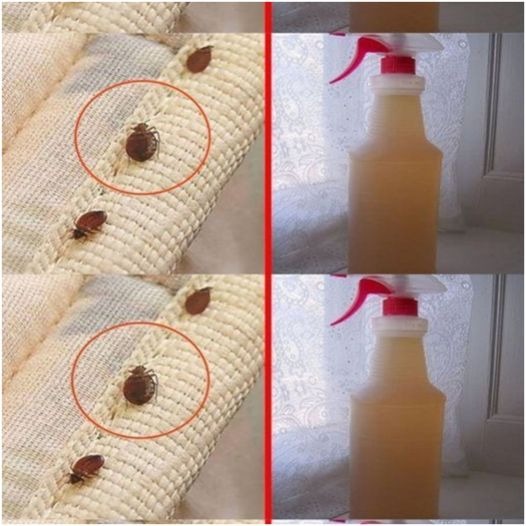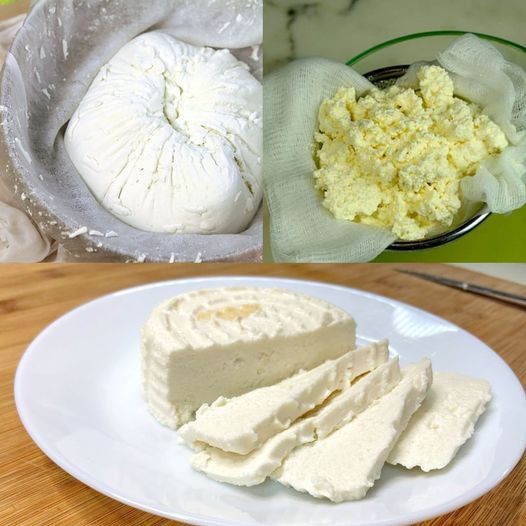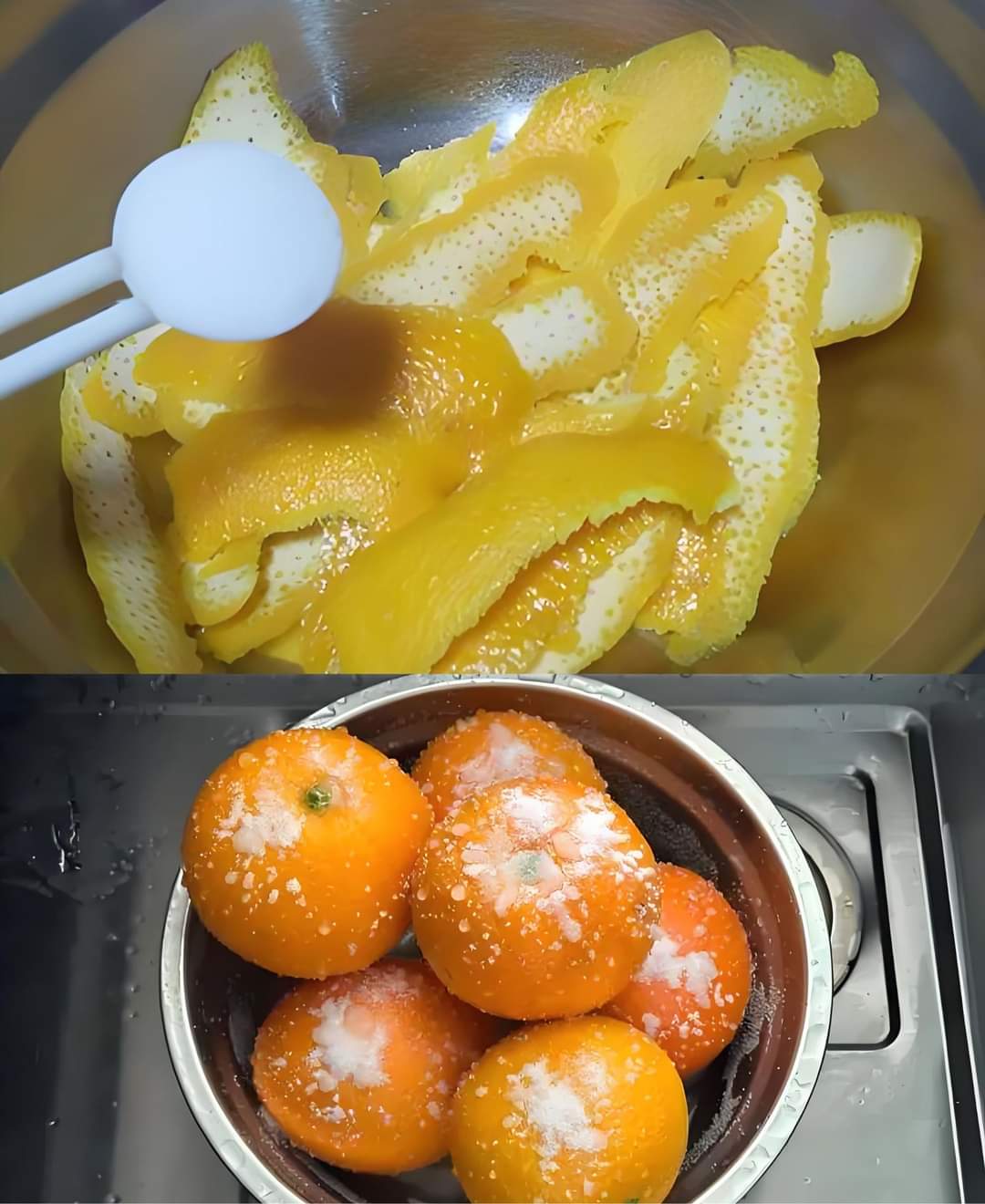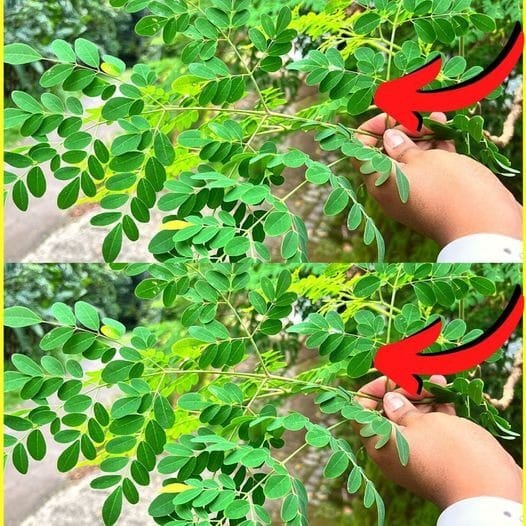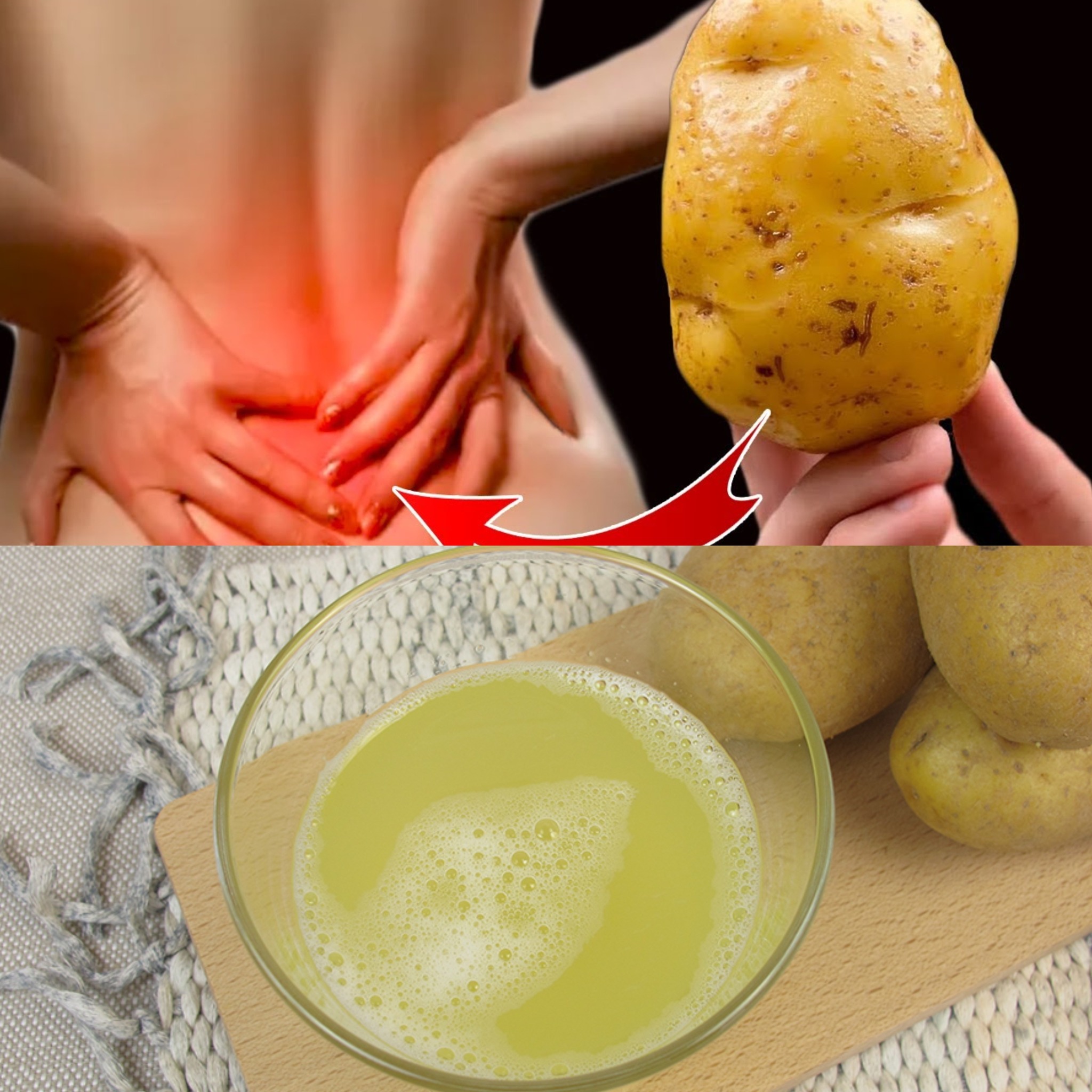Banana Mysteries Solved: What Are Those Annoying Strings?
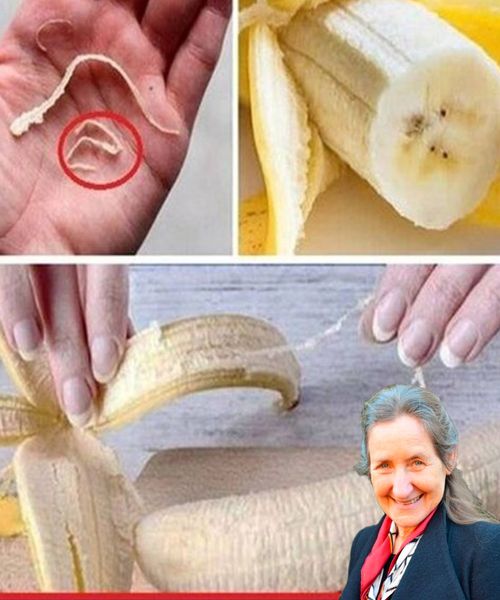
We’ve all been there. You peel back the perfect banana, ready for a delicious snack, only to be confronted by a battlefield of white, stringy foes. But what exactly are these banana strings, and are they edible?
Fear not, fellow banana enthusiasts! This post will crack the case of the curious banana string, revealing its purpose, nutritional value, and some tips for managing them.
Peel Back the Layers: Unveiling the Phloem
Those pesky strings are actually called phloem bundles. They’re a vital part of the banana’s vascular system, kind of like tiny highways that transport essential nutrients, like sugars and minerals, from the leaves down to the fruit, fueling its growth.
Friend or Foe? The Edibility of Phloem Bundles
The good news? Phloem bundles are absolutely edible! They contain a small amount of fiber, potassium, vitamin A, and vitamin B6. So, if you don’t mind the texture, there’s no need to meticulously remove every single strand.
Taming the Strings: Tips for Easier Eating
While some people don’t mind the strings, others find them unpleasant. Here are a few ways to minimize their presence:
- Peel with Precision: Instead of peeling from the stem end, try peeling from the bottom. This breaks some of the phloem bundles, resulting in fewer strings clinging to the flesh.
- Embrace the Pinch: Gently pinch the banana where the stem connects to the fruit. This loosens the peel and often removes some of the phloem bundles along with it.
- Slice it Up: Slicing your banana before eating can make the strings easier to manage.
Beyond the Banana:
Phloem bundles aren’t unique to bananas. They’re present in many fruits and vegetables, playing a crucial role in their growth and development.
The Final Bite:
So next time you encounter those banana strings, remember, they’re not the enemy – they’re tiny threads of life that helped create the delicious banana you’re about to enjoy. And hey, if you don’t mind the texture, they even pack a little extra nutritional punch!

